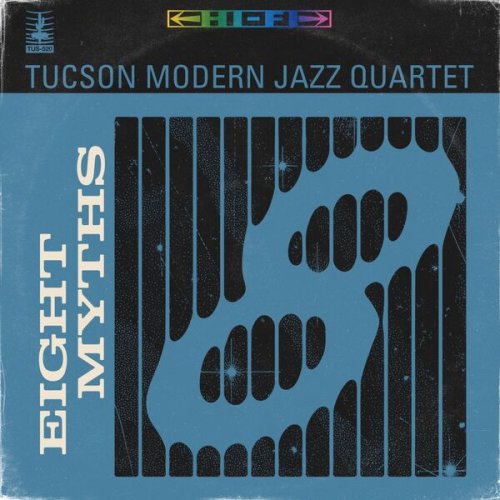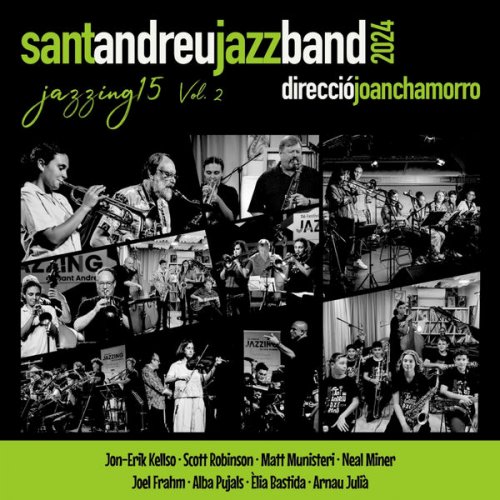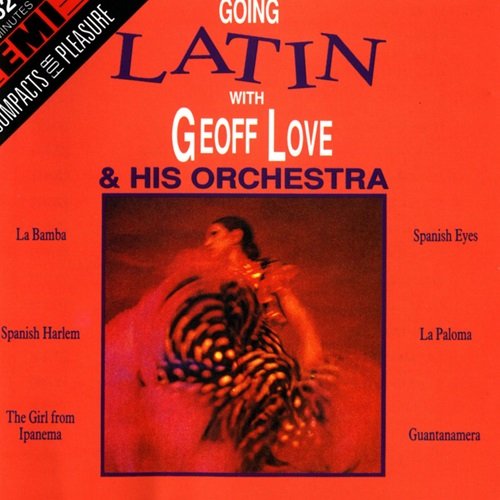Yury Martynov - Beethoven: Symphonies Nos. 4 & 5 (Liszt Piano Transcriptions) (2015) Hi-Res

Artist: Yury Martynov
Title: Beethoven: Symphonies Nos. 4 & 5 (Liszt Piano Transcriptions)
Year Of Release: 2015
Label: Zig-Zag Territoires
Genre: Classical
Quality: FLAC 24bit-48kHz / FLAC (tracks)
Total Time: 01:08:51
Total Size: 634 Mb / 225 Mb
WebSite: Album Preview
Tracklist: Title: Beethoven: Symphonies Nos. 4 & 5 (Liszt Piano Transcriptions)
Year Of Release: 2015
Label: Zig-Zag Territoires
Genre: Classical
Quality: FLAC 24bit-48kHz / FLAC (tracks)
Total Time: 01:08:51
Total Size: 634 Mb / 225 Mb
WebSite: Album Preview
Symphony No. 4 In B-flat Major, Op. 60 (Ludwig van Beethoven)
1. I. Adagio - Allegro vivace (Transcription for Piano by Franz Liszt, S. 464) 10:55
2. II. Adagio (Transcription for Piano by Franz Liszt, S. 464) 09:42
3. III. Menuetto. Allegro vivace (Transcription for Piano by Franz Liszt, S. 464) 05:41
4. IV. Allegro ma non troppo (Transcription for Piano by Franz Liszt, S. 464) 06:35
Symphony No. 5 in C minor, Op. 67 (Ludwig van Beethoven)
5. I. Allegro con brio (Transcription for Piano by Franz Liszt, S. 464) 07:42
6. II. Andante con moto (Transcription for Piano by Franz Liszt, S. 464) 10:57
7. III. Scherzo. Allegro (Transcription for Piano by Franz Liszt, S. 464) 05:25
8. IV. Allegro (Transcription for Piano by Franz Liszt, S. 464) 11:54
Performers:
Yury Martynov, piano
Franz Liszt's piano transcriptions were among his most important contributions in promoting the music of the early Romantic masters, and he labored over the symphonies of Ludwig van Beethoven for more than two decades, completing the entire set of transcriptions in 1865. Yury Martynov has been releasing them on Zig Zag Territoires since 2012, and this fourth and penultimate volume in his series presents the Symphony No. 4 in B-flat major and the Symphony No. 5 in C minor, performed on a Blüthner piano, ca. 1867, from the Edwin Beunk collection. This vintage instrument gives a good idea of the varied sonorities available to Liszt, and Martynov skillfully re-creates the orchestral effects that are so brilliantly imitated in these arrangements. Some listeners who avoid historic keyboard instruments may be cautious about this recording, but the sound of the Blüthner piano is rather close to a modern piano in tone and dynamics, and it is fuller and much more robust than a fortepiano. Martynov's performance of the Fourth is light and agile, while his Fifth is dramatic and full-blooded, with a virtuosic flashiness that is wholly in the Lisztian tradition.




![Travis Jenkins Piano Trio - Jazz in Meanjin 020 (Live at JMI) (2025) [Hi-Res] Travis Jenkins Piano Trio - Jazz in Meanjin 020 (Live at JMI) (2025) [Hi-Res]](https://www.dibpic.com/uploads/posts/2025-12/1765862611_a2068783921_10.jpg)


![Amira Kheir - Black Diamonds (2025) [Hi-Res] Amira Kheir - Black Diamonds (2025) [Hi-Res]](https://www.dibpic.com/uploads/posts/2025-12/1765640459_tf7wrmc9lqmqc_600.jpg)
